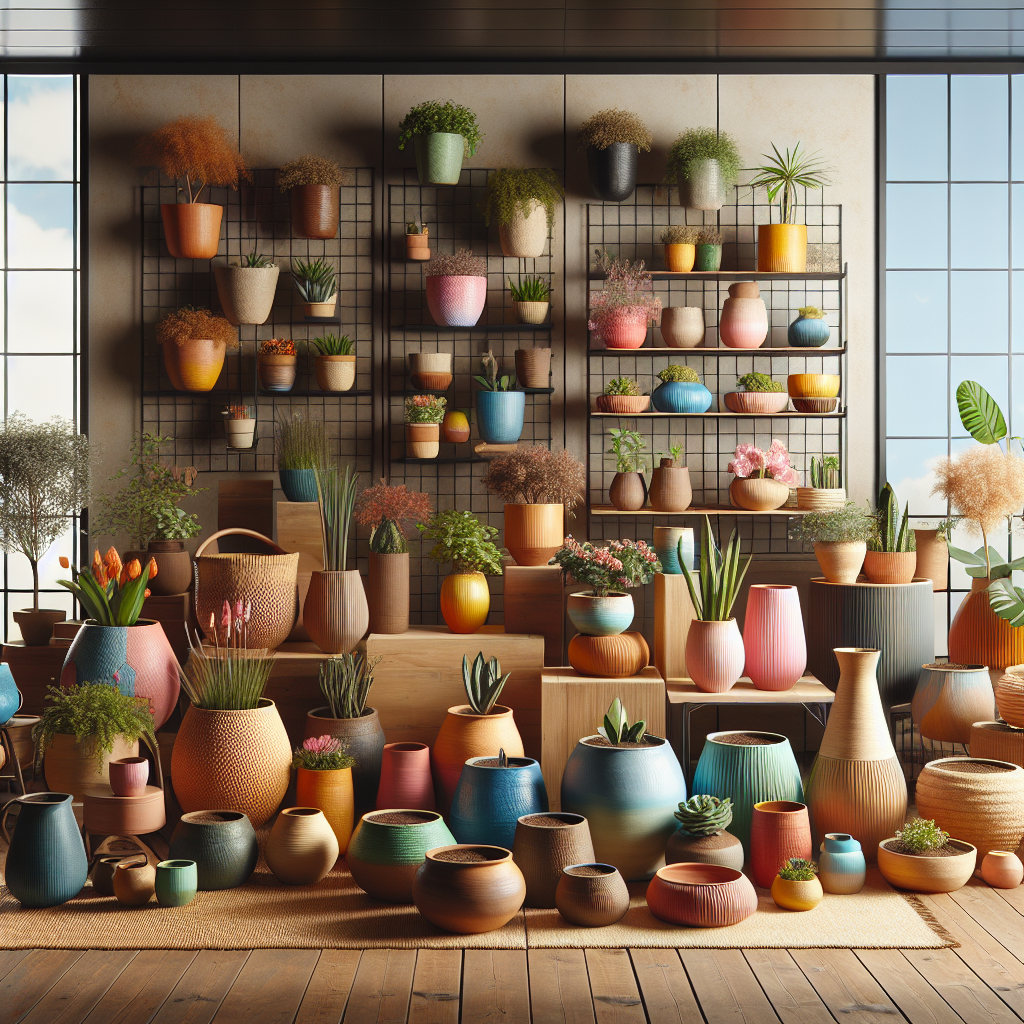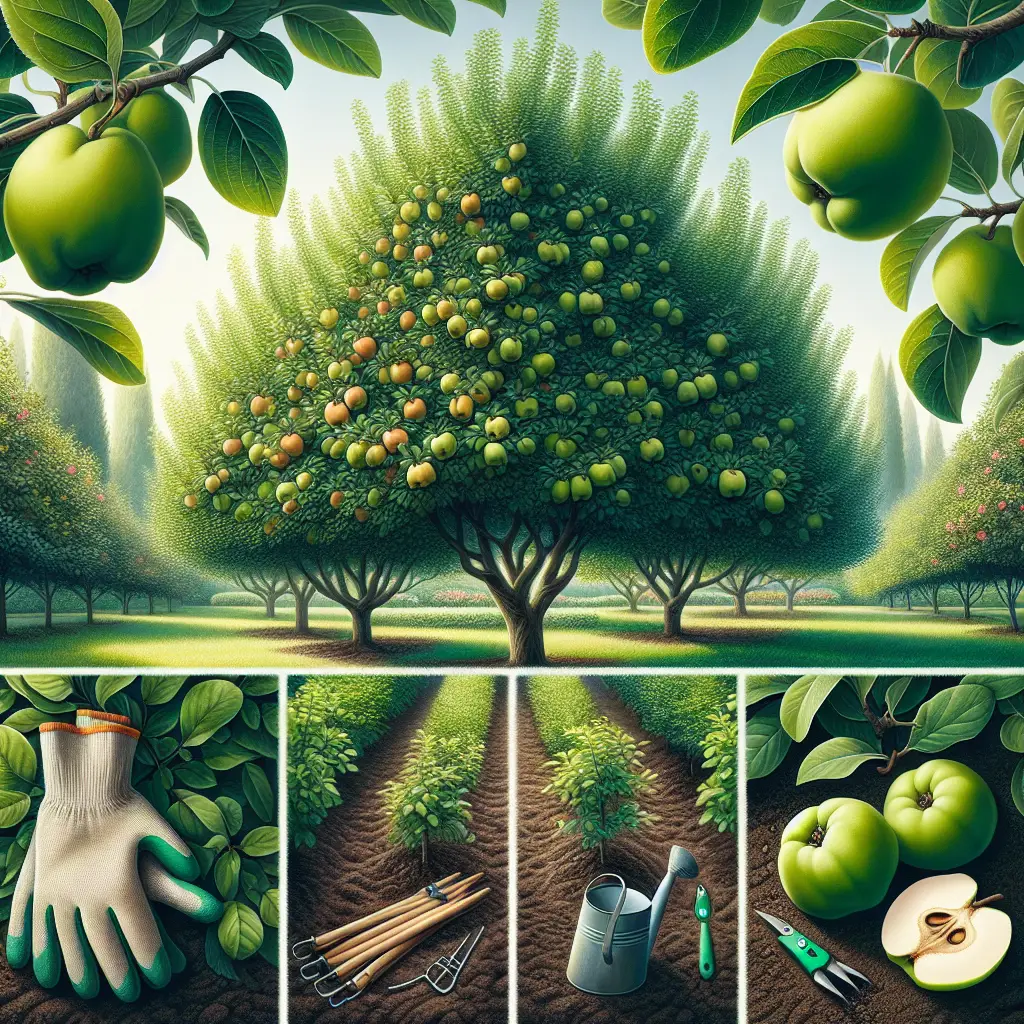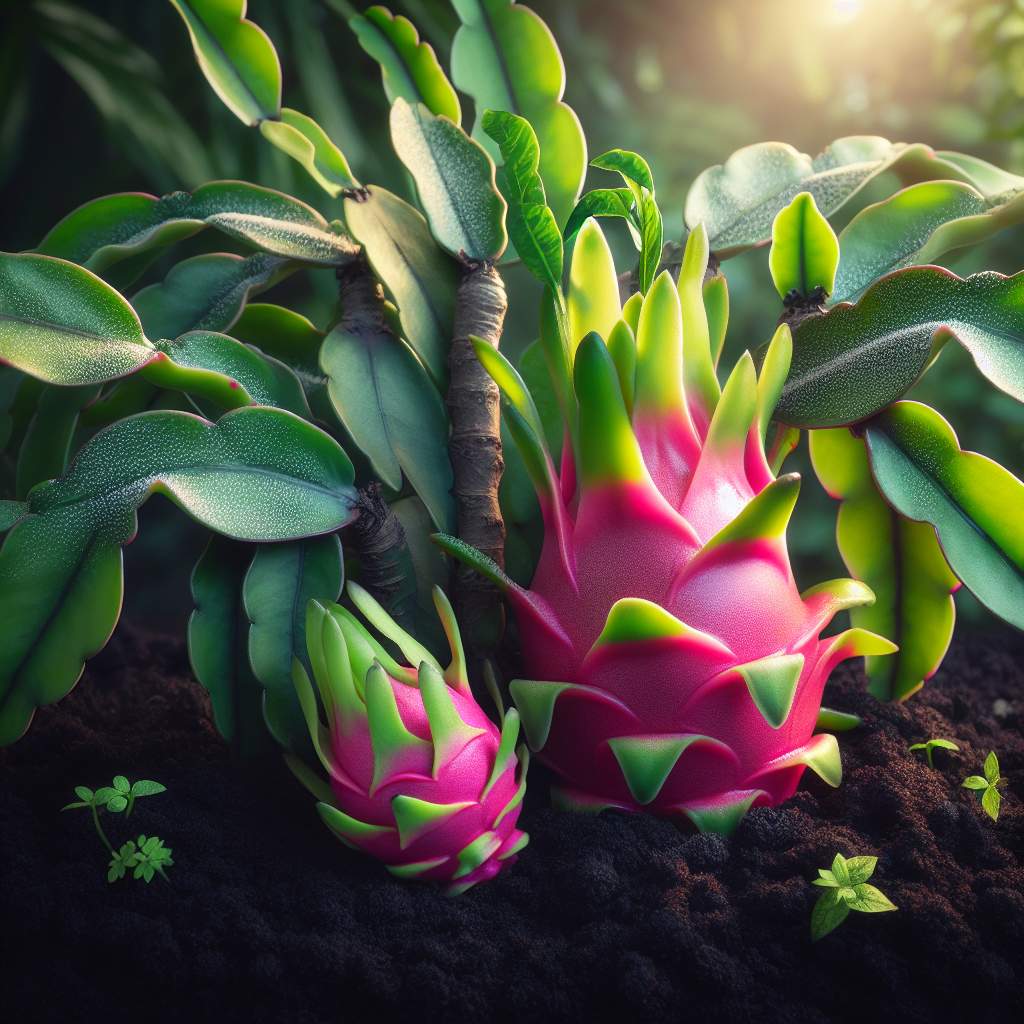Selecting Pots and Planters for Indoor Gardening
Updated June 20, 2024 at 8:19 am

Understanding the Basics of Indoor Gardening
Indoor gardening can transform your home into a lush, peaceful sanctuary filled with life. It’s not just about aesthetic appeal—indoor plants can also help purify the air, boost mood, and provide a sense of accomplishment through nurturing living things. But to get started, you need to select the right pots and planters that will ensure the health and growth of your indoor garden. Let’s delve into the factors you need to consider when choosing these essential items.
Factors to Consider When Selecting Pots and Planters
Beyond just matching your decor, the pots and planters you choose for your indoor gardening projects have a direct impact on the health of your plants. Here are some key points to consider:
- Materials – Pots and planters come in a variety of materials like plastic, terracotta, ceramic, and metal. Each material has its pros and cons related to durability, breathability, weight, and moisture retention.
- Size – The size of the pot should cater to the specific growth requirements of your plants. Too small and you restrict growth, too large and you risk waterlogging the soil.
- Drainage – Proper drainage is crucial to prevent overwatering. Some pots come with drainage holes, while others may require you to drill your own.
Choosing Pots for Succulents and Cacti
Succulents and cacti are popular choices for indoor gardening due to their low maintenance nature. They need pots that drain well to avoid root rot. Terracotta pots are a great option because they allow the soil to dry out more quickly than plastic or ceramic pots. For example, the “Santino Self-Watering Planter Asti” is a wonderful choice due to its sleek design and self-watering feature that takes the guesswork out of watering these drought-tolerant plants.
Find This and More on Amazon
Finding the Right Planter for Large Indoor Plants
If you’re planning to grow large indoor plants, like fiddle leaf figs or monsteras, you’ll need sturdy and spacious planters. These large plants require more soil to provide necessary nutrients, so a bigger pot is non-negotiable. The “Fox & Fern Modern Plant Pot” is highly recommended due to its minimalist design and durable fiberglass composition. This planter is not just supportive for big plants but also adds a modern touch to your interior design.
Find This and More on Amazon
Ensuring Proper Drainage in Your Planters
Proper drainage is a critical factor in the health of indoor plants. Excess water needs a way to escape to prevent damaging the roots. The “HBServices USA Self-Watering + Aerating + High Drainage Planter” is perfect as it includes an aerating system that prevents root rot and overwatering, plus a self-watering feature that’s a boon for busy plant owners.
Find This and More on Amazon
Stylish Options for Small Spaces
For those with limited space, such as apartment dwellers, selecting pots and planters that are stylish and space-efficient is essential. Wall-mounted or hanging planters can be fantastic space-savers, and the “Umbra Triflora Hanging Planter” is one such product that not only saves space but also allows for a beautiful display of greenery.
Design Trends: Combining Functionality and Aesthetics
The design of your pots and planters should ideally be a marriage of functionality and personal aesthetic. With a variety of textures, colors, and shapes available, you can find options that will complement both your plants and your home’s decor. A pot with a standout design, like those from “La Jolie Muse,” can serve as both a home for your plants and a statement piece for your space.
Potting Mix and Plant Health
It’s not just the pots that matter—what you put inside them is equally important. A high-quality potting mix will provide the right balance of drainage, water retention, and aeration, creating the ideal environment for your indoor plants to thrive.
Common Issues and Solutions
Even the most attentive indoor gardeners can run into issues like overwatering, pests, or poor plant growth. Understanding how to address these issues is essential to maintaining a healthy indoor garden. For example, if you notice your plant’s leaves are yellowing, it could be a sign of overwatering or poor drainage, which means reevaluating your current pots and watering schedule.
Maximizing Plant Health with the Right Planter Choice
Remember, the right planter can make a world of difference in the health and growth of your plants. By taking the time to select the best pots and planters for your indoor gardening, you are setting the stage for lush foliage, vibrant blooms, and an inviting indoor environment. Nurture your green thumb by choosing wisely and enjoy the myriad benefits indoor gardening can offer.
Accessorizing with Decorative Planters
Accessorizing your indoor garden with decorative planters can add a splash of personality to your space. Not restricted to mere functionality, these planters come in a dizzying array of styles and themes. From sleek modern minimalism to quirky and colorful designs, there’s a decorative planter to suit your taste and interior theme. Consider the Costa Farms Ceramic Planter, which comes in various vibrant colors and patterns, adding a burst of life to any room. Users often gush about its eye-catching design and how it doubles as an art piece, amplifying the beauty of their plant displays.
Find This and More on Amazon
Understanding Watering Systems in Planters
The watering system of your planter can impact your indoor gardening success significantly. Some planters come equipped with advanced watering systems that provide convenience and ensure your plants get just the right amount of water. Consider the Lechuza Classico Color Self-Watering Planter. Renowned for its sub-irrigation system that waters plants for up to twelve weeks, reviews often tout its effectiveness for vacations or busy plant owners who may forget to water. Plus, it’s available in a multitude of sizes and colors, making it a versatile option for various plant types and home decors.
Tips for Repotting: When and How
Repotting is a key aspect of indoor gardening. Plants eventually outgrow their current pots, and roots may become pot-bound. Knowing when and how to repot your plants is crucial. Generally, repotting should occur every 12 to 18 months, or when you see roots growing through the drainage holes. When the time comes, make sure you’re using a good quality potting mix and be gentle with the plant’s roots to avoid stress. Rehoming your plant into a Riviera Pottery Planter that provides more room to grow can make a significant difference in the plant’s health and vigor. Riviera’s pottery collection offers sturdy, yet aesthetically pleasing designs that can accommodate a plant as it grows over the years.
How to Correctly Size a Planter for Your Plant
Finding the correct planter size is essential for proper plant growth. A planter that’s too small can stunt your plant’s growth, while one that’s too large can lead to overwatering issues. A good rule of thumb is to choose a planter that is about 1 to 2 inches larger in diameter than the plant’s root ball. This ensures adequate room for growth without excessive space that could retain excess moisture. Brands like Plant Pot Online provide a clear sizing guide with their planter descriptions to help you find the right fit without guessing. Users often appreciate this level of detail, which aids in making informed choices.
Adjusting for Humidity and Temperature
Indoor gardening requires careful adjustment for humidity and temperature, which can vary greatly from one home to another. Plants like orchids, ferns, or tropical plants may prefer higher humidity levels. In such cases, planters made from materials that help retain moisture, like ceramic or plastic, might be ideal. On the other hand, if you’re dealing with a drier climate or air-conditioned spaces, selecting porous materials like terracotta can aid in the plant’s transpiration and prevent over-watering. The Chive Big Dyad Planter, which includes a matching saucer, is a beautiful ceramic option that helps maintain moisture levels while offering a chic aesthetic to your indoor garden setup. It’s often praised in reviews for its functionality and elegance.
Personalizing with DIY Planter Ideas
For those who love a personal touch or are on a budget, DIY planters are a fun and creative way to personalize your indoor garden. Repurposed items like coffee cans, glass jars, or even old books can become unique homes for your plants. The internet is abuzz with tutorials on creating your own planters, and it’s amazing to see the level of creativity you can bring to the table. Plus, DIY planters make for engaging weekend projects and conversation starters when guests notice your handcrafted creations.
Leveraging Planters to Enhance Aesthetic Appeal
Planters are not just containers for your plants; they are key elements in the overall aesthetic appeal of your indoor garden. A well-chosen planter acts as a frame that can make your plant stand out and blend with your home decor. Experimenting with different colors, shapes, and textures can bring harmony to your interior design or act as a bold statement piece to draw the eye. Planters with clean lines and neutral colors tend to fit seamlessly into any decor style, while vibrant, patterned planters can add an exciting pop of color. Whatever your preference, keep in mind that the planter you choose will significantly contribute to the mood and style of your home.
Maintaining Your Indoor Garden: Care Tips and Tricks
Maintaining an indoor garden requires more than just a green thumb. Regular upkeep and smart strategies are key to ensuring your plants stay healthy and vibrant. Pro tip: always check the soil moisture before watering, as overwatering is a common mistake. Another trick is to rotate your plants occasionally to ensure they receive even light and grow uniformly. Don’t forget to wipe dust off the leaves to allow your plants to breathe and absorb sunlight better. The PURISM Style Plant Mister, made of high-quality glass and a durable metal pump, is an elegant tool that helps maintain adequate humidity for your plants, which is particularly beneficial during the drier months.
Integrating Plants into Your Lifestyle
Indoor gardening should be a reflection of your lifestyle and space. If you’re someone with a busy schedule, opt for low-maintenance plants that can thrive with minimal intervention. In addition, self-watering planters and those with built-in irrigation systems can be lifesavers. On the other hand, if you have more time to dedicate to your garden, you can experiment with more demanding plant species and enjoy the process of tending to their needs. Remember, the plants you choose to bring into your home should enhance your living environment and fit into your routine without causing undue stress.
Navigating Plant Nutrition: Fertilizers and Supplements
Just as humans need a balanced diet, plants require proper nutrition to grow. Indoor plants typically need a quality fertilizer to provide the nutrients they may not get from their indoor environment. Look for fertilizers designed for indoor use, with a balanced mix of essential nutrients. A fan-favorite is the Miracle-Gro Indoor Plant Food Spikes, known for being easy to use and providing continuous nutrition for up to two months. Reviews highlight how these food spikes have revitalized plants and boosted growth, making them a frequent choice for indoor gardeners.
Dealing with Pests and Common Plant Diseases
Even the most well-maintained indoor garden can face the occasional pest or disease. If you find yourself in this situation, it’s important to act swiftly. Start with non-chemical remedies such as neem oil or insecticidal soap for pest infestations. For diseases like mold or mildew, improve air circulation around plants and reduce watering frequency. Products like Safer Brand Neem Oil Concentrate are highly recommended for their natural pest-repelling properties, with reviewers attesting to its effectiveness without harming the plants.
Embracing the Indoor-Outdoor Connection
Indoor gardening doesn’t mean your plants have to be confined to the indoors at all times. When weather permits, giving your plants some time outside can be beneficial for their growth. It allows them to soak up natural sunlight and fresh air, which can help strengthen them. But be mindful of the transition—too much direct sun too quickly can lead to sunburn. Start with shaded areas and gradually increase their exposure to prevent shock. Remember, a seamless indoor-outdoor connection can enrich the health and beauty of your plants.
Investing in the Right Tools for Indoor Gardening
To truly excel at indoor gardening, you’ll need a few essential tools. Quality pruners for trimming, a sturdy watering can for even watering, and a selection of gardening gloves to protect your hands are all must-haves. Take the Fiskars Softouch Micro-Tip Pruning Snip, for example. These snips have been lauded for their precision and comfort, making the task of pruning small plants and herbs a breeze. They’re definitely a worthwhile addition to your gardening toolkit, as per the glowing reviews.
Eco-Friendly Choices in Indoor Gardening
Sustainability is an important consideration in all aspects of life, including indoor gardening. Opting for pots made from recycled materials or brands that prioritize eco-friendly practices can make a positive impact on the environment. For instance, the EcoForms Plant Pot is made from rice hulls and natural binding agents, providing an eco-conscious alternative to traditional plastic pots. Gardening enthusiasts appreciate these pots not only for their sustainability but also for their durability and attractive appearance.
The Joy of Indoor Gardening: Psychological Benefits
Beyond aesthetics and air quality, indoor gardening offers profound psychological benefits. Tending to plants can be therapeutic, serving as a form of stress relief and mindfulness. Watching your plants grow and flourish can also impart a sense of achievement and happiness. This connection to nature right in your living space can cultivate a sense of calm and well-being that’s invaluable in today’s fast-paced world.
Bringing It All Together: The Essence of Indoor Gardening
Indoor gardening is a delightful journey that marries the joys of horticulture with the comfort of your own home. From selecting the right pots and planters to caring for your plant’s every need, it’s a rewarding endeavor that enhances your living space and well-being. Embrace the creativity, patience, and learning that comes with this green hobby. With the right attention and care, your indoor garden will serve as a lush, vibrant haven for years to come.
Shop more on Amazon

